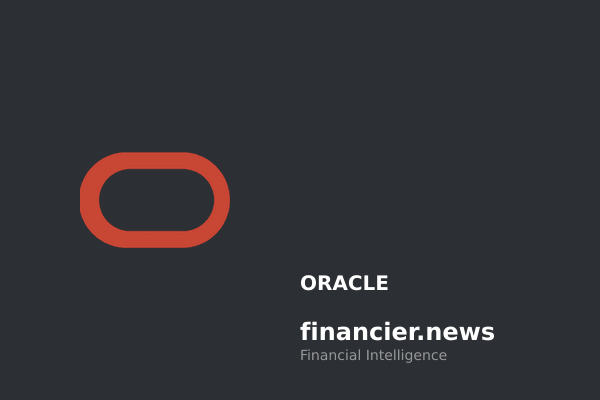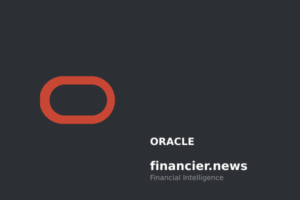Overvaluation and Downside Risks
High Price-to-Earnings Ratio
Oracle’s current P/E ratio sits at 18.5, noticeably above the sector norm. This premium valuation suggests the stock may be trading beyond what its earnings justify, exposing shareholders to potential losses if the market corrects.
Modest Growth Trajectory
Over the past three years, Oracle’s revenue has climbed at a compound annual growth rate of roughly 2.4%, lagging far behind the double-digit gains reported by many technology peers. Such muted progress raises questions about whether the stock’s lofty P/E multiple is warranted.
Elevated Leverage
With a debt-to-equity ratio of 1.71, Oracle carries substantial financial obligations. In a rising-rate or recessionary environment, this leverage could constrain the company’s flexibility to fund innovation or pursue strategic acquisitions, further dampening its upside potential.
Negative Catalysts and Headwinds
Intensifying Competitive Pressure
Oracle competes head-to-head with Amazon Web Services, Microsoft Azure, and Google Cloud—firms that command vast resources for R&D and marketing. This fierce rivalry threatens to erode Oracle’s margins and market share.
Regulatory and Geopolitical Risks
Heightened scrutiny over data privacy and antitrust concerns may usher in stricter rules that hamper Oracle’s operations. Simultaneously, U.S.–China trade frictions create uncertainty around the company’s international revenue streams.
Reliance on Legacy Products
A significant slice of Oracle’s revenue is tied to on-premises systems, which are gradually being phased out in favor of cloud solutions. Although Oracle is expanding its cloud portfolio, it still trails leading hyperscalers—leaving a potential gap in future earnings as legacy contracts wind down.
Technical Indicators Pointing Downward
Weak Momentum Signals
Oracle’s 14-day Relative Strength Index has dipped below 50, signaling bearish sentiment. Concurrently, its key moving averages are sloping downward, reinforcing the view of a weakening trend.
Above-Market Volatility
A beta of 1.25 indicates that Oracle’s share price swings are larger than the broader market’s. This increased volatility may inflict sharper drawdowns on investors during downturns.
Bearish Chart Formations
Recent candlestick patterns—such as bearish engulfing and evening star formations—underscore growing selling pressure and hint at further declines ahead.
Conclusion
Balancing the high valuation, significant debt load, tepid growth outlook, and mounting competitive and regulatory challenges, Oracle appears vulnerable to a pronounced pullback. Combined with deteriorating technical signals, these factors support a recommendation to reduce or exit positions in ORCL.










Comments are closed.